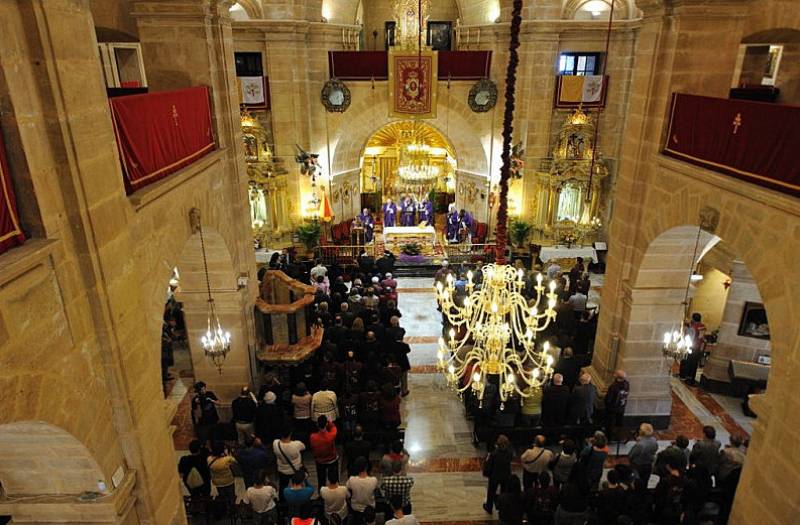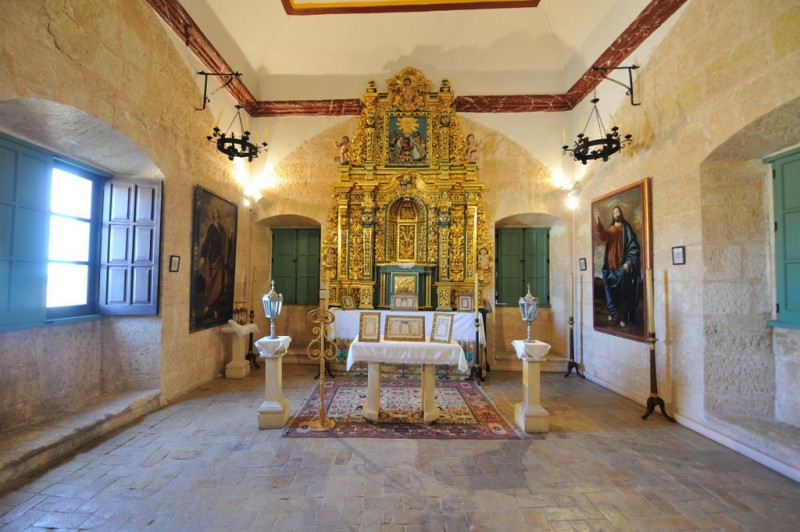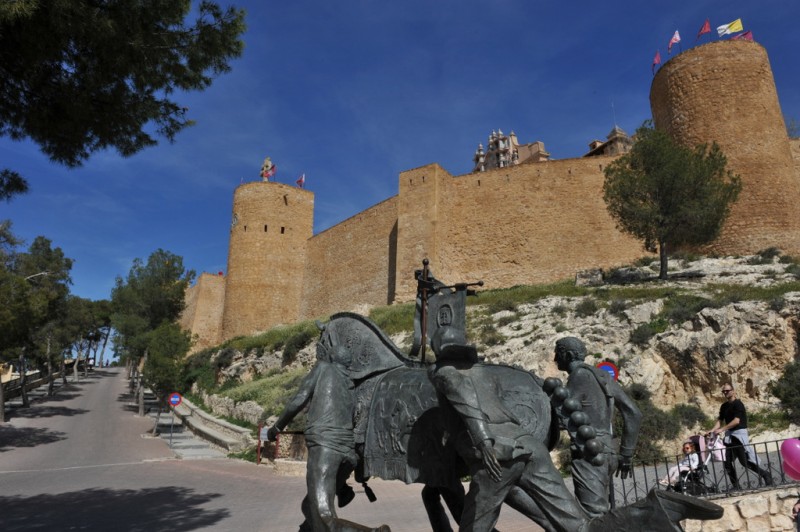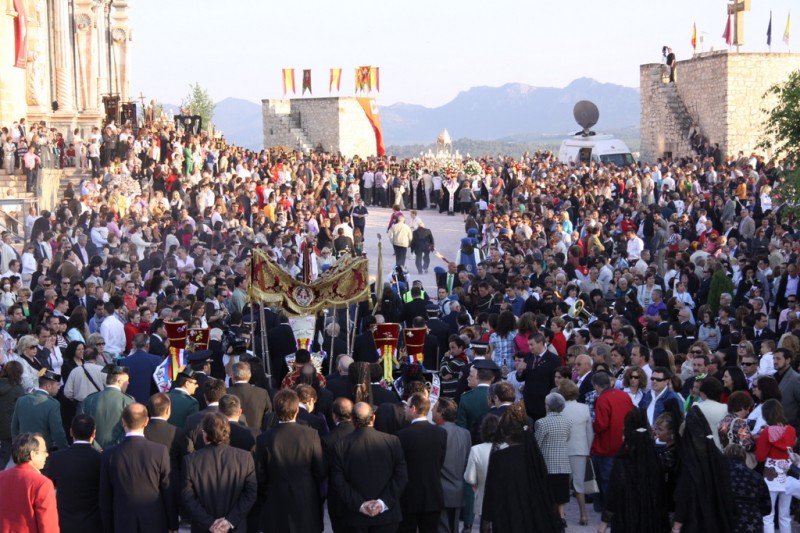- Region
- Águilas
- Alhama de Murcia
- Jumilla
- Lorca
- Los Alcázares
- Mazarrón
- San Javier
-
ALL AREAS & TOWNS
- AREAS
- SOUTH WEST
- MAR MENOR
- MURCIA CITY & CENTRAL
- NORTH & NORTH WEST
- TOWNS
- Abanilla
- Abarán
- Aguilas
- Alamillo
- Alcantarilla
- Aledo
- Alhama de Murcia
- Archena
- Balsicas
- Blanca
- Bolnuevo
- Bullas
- Cañadas del Romero
- Cabo de Palos
- Calasparra
- Camping Bolnuevo
- Campo De Ricote
- Camposol
- Canada De La Lena
- Caravaca de la Cruz
- Cartagena
- Cehegin
- Ceuti
- Cieza
- Condado de Alhama
- Corvera
- Costa Cálida
- Cuevas De Almanzora
- Cuevas de Reyllo
- El Carmoli
- El Mojon
- El Molino (Puerto Lumbreras)
- El Pareton / Cantareros
- El Raso
- El Valle Golf Resort
- Fortuna
- Fuente Alamo
- Hacienda del Alamo Golf Resort
- Hacienda Riquelme Golf Resort
- Isla Plana
- Islas Menores & Mar de Cristal
- Jumilla
- La Azohia
- La Charca
- La Manga Club
- La Manga del Mar Menor
- La Pinilla
- La Puebla
- La Torre
- La Torre Golf Resort
- La Unión
- Las Palas
- Las Ramblas
- Las Ramblas Golf
- Las Torres de Cotillas
- Leiva
- Librilla
- Lo Pagan
- Lo Santiago
- Lorca
- Lorquí
- Los Alcázares
- Los Balcones
- Los Belones
- Los Canovas
- Los Nietos
- Los Perez (Tallante)
- Los Urrutias
- Los Ventorrillos
- Mar De Cristal
- Mar Menor
- Mar Menor Golf Resort
- Mazarrón
- Mazarrón Country Club
- Molina de Segura
- Moratalla
- Mula
- Murcia City
- Murcia Property
- Pareton
- Peraleja Golf Resort
- Perin
- Pilar de la Horadada
- Pinar de Campoverde
- Pinoso
- Playa Honda
- Playa Honda / Playa Paraíso
- Pliego
- Portmán
- Pozo Estrecho
- Puerto de Mazarrón
- Puerto Lumbreras
- Puntas De Calnegre
- Region of Murcia
- Ricote
- Roda Golf Resort
- Roldan
- Roldan and Lo Ferro
- San Javier
- San Pedro del Pinatar
- Santiago de la Ribera
- Sierra Espuña
- Sucina
- Tallante
- Terrazas de la Torre Golf Resort
- Torre Pacheco
- Totana
- What's On Weekly Bulletin
- Yecla


- EDITIONS:
 Spanish News Today
Spanish News Today
 Alicante Today
Alicante Today
 Andalucia Today
Andalucia Today
The Basilica, Castle and Sanctuary of Caravaca de la Cruz
The home of the Cross of Caravaca is the castle-sanctuary above the town
 The Basílica de la Vera Cruz in Caravaca stands on the top of the hill behind the city, within the walls of the castle and alongside the museum dedicated to the True Cross which provides the suffix to the name of the city.
The Basílica de la Vera Cruz in Caravaca stands on the top of the hill behind the city, within the walls of the castle and alongside the museum dedicated to the True Cross which provides the suffix to the name of the city.
It was built in the 17th and 18th centuries in the baroque style which is common to many of the main religious buildings in the Region of Murcia, its purpose being to provide a grander home than the relatively modest premises in which the “Lignum Crucis”, or fragment of the cross on which Christ died, had been kept. Its appearance is typical of religious buildings but so intertwined are its various roles that locals refer to it most often as "the castle".
In the 21st century is the destination for the hundreds of thousands of visitors who come to see and pay homage to the Lignum Crucis, particularly during the 7-yearly Holy Jubilee celebrations. It was officially designated a minor basilica in 2008 by Pope Benedict XVI, five years after the first Holy Jubilee Year in which plenary indulgence was granted to pilgrims reaching Caravaca had taken place.
History
As with so much of the city of Caravaca, the history of the Basilica is practically inseparable from that of the True Cross, a fragment of which is said to have been brought by angels to a priest named Ginés Pérez Chirinos in 1232, when he was required by his Moorish captor Abu-Zeit to demonstrate the rite of Holy Mass and found himself without a cross on the altar.
 Not long afterwards, in 1243, the area of Murcia was conquered from the Moors by the Christian forces of northern Spain, and this prompted a strengthening of the castle over the following centuries: Caravaca was in frontier territory, close to Al-Andalus, for the following 250 years. This explains why the political, religious and military roles of the building were all equally important.
Not long afterwards, in 1243, the area of Murcia was conquered from the Moors by the Christian forces of northern Spain, and this prompted a strengthening of the castle over the following centuries: Caravaca was in frontier territory, close to Al-Andalus, for the following 250 years. This explains why the political, religious and military roles of the building were all equally important.
The cross was kept within the castle in a small church, for which Pedro Fajardo, the Marqués de los Vélez, ordered an altarpiece in 1521 from Hernando de Llanos, a disciple of Leonardo Da Vinci, and the altarpiece is now kept in the museum alongside the basilica.
However, in the early 17th century work began on a far more impressive church, using wealth which had been confiscated from Moors who had chosen to remain in Spain after the Reconquista, and there is evidence to suggest that by 1617 the construction work was well advanced. This is when the Holy Cross of Caravaca was first kept inside its new home, although construction was not declared complete until 1703, and in the meantime worshippers used the tiny chapel dedicated to Santa María la Real, also inside the castle walls.

In 1677 the holy relic was transferred to the chapel of the Conjuratorio in the highest part of the new sanctuary, and it was not until 3rd May 1703 that it was installed in the church itself.
This Conjuratorio is in itself a fascinating part of the building: it was used to conduct ceremonies to bless the fields and fend off natural disasters and bad weather such as storms and heavy rain, although in the case of Caravaca it was also a place to offer up prayers to end periods of drought. For this reason it is placed at the top of the sanctuary, in order to be closer to the elements.
The main doorway and façade of the sanctuary was completed in 1750.
The organ was built in 1776 by José Folch, and although it suffered serious damage during the Civil War was restored in 2003.

Architecture and works of religious art
The baroque façade of the Basilica is built with limestone and finished in local red, black and white marble, and the lower part features estipites (columns in the shape of inverted cones) and curling columns. There are also richly ornamental representations of sea monsters, known by locals as the “red dragons” on account of the tone of marble used, and above the main entrance is the royal coat of arms, emblazoned in a style similar to that of the sanctuary of the Virgen de la Fuensanta outside Murcia and the Iglesia de la Merced in the regional capital. The cross of Caravaca appears on the second tier.
As for the interior, the style is rather austere in comparison to other places of worship. There is a small camarin behind the main altar, and the roof over the presbytery is reminiscent of a large shell, typical of churches associated with pilgrimage: this roof was covered with gold leaf in the 19th century.
The Capilla de la Aparición is held to be the spot where the True Cross was brought to local priest Ginés Pérez Chirinos in the 14th century, and the chapels on the higher level provide a kind of ambulatory from where it is possible for large numbers of people to view the holy relic.
In the museum alongside the sanctuary there are rooms containing examples of religious art and ornaments, and the oldest item is the silk chasuble of Chirinos, which was made in the 14th century from the silk which at that time was one of the mainstays of the economy in the Region of Murcia.
Among the religious paintings the most important include four by Hernando de Llanos, dating from approximately 1521, which narrate the legend of the True and Holy Cross in Caravaca and which were previously featured in the main altarpiece. Also by the same artist are the pictures of the burning of the altar – an episode when the church in Caravaca is alleged to have burnt down but the cross was unscathed - and Saint John the apostle on the island of Patmos.

Another painting is attributed to the school of Ribera in the 17th century and depicts Saint Francis of Assisi in the brambles: this one is in the church itself, and there is also an oil painting by local artist Rafael Tejeo (19th century) showing the healing of Tobit.
Also of note is the Renaissance and baroque gold and silver work of the reliquary and the 20th-century “templete processional”, in which the Cross of Caravaca is paraded through the streets.
During Jubilee years Mass is held twice daily inside the basilica, with the faithful permitted to kiss the True Cross at the end of the service. On days when the number of attendees is too great, the service takes place outside inside the castle walls.
Further information about Caravaca is available from the tourist office (Plaza de España, 7, telephone 968 702424, email turismo@caravacadelacruz.es
Or for more local information, including the Holy Jubilee Year as well as local news and what’s on, go to the home page of Caravaca Today.









